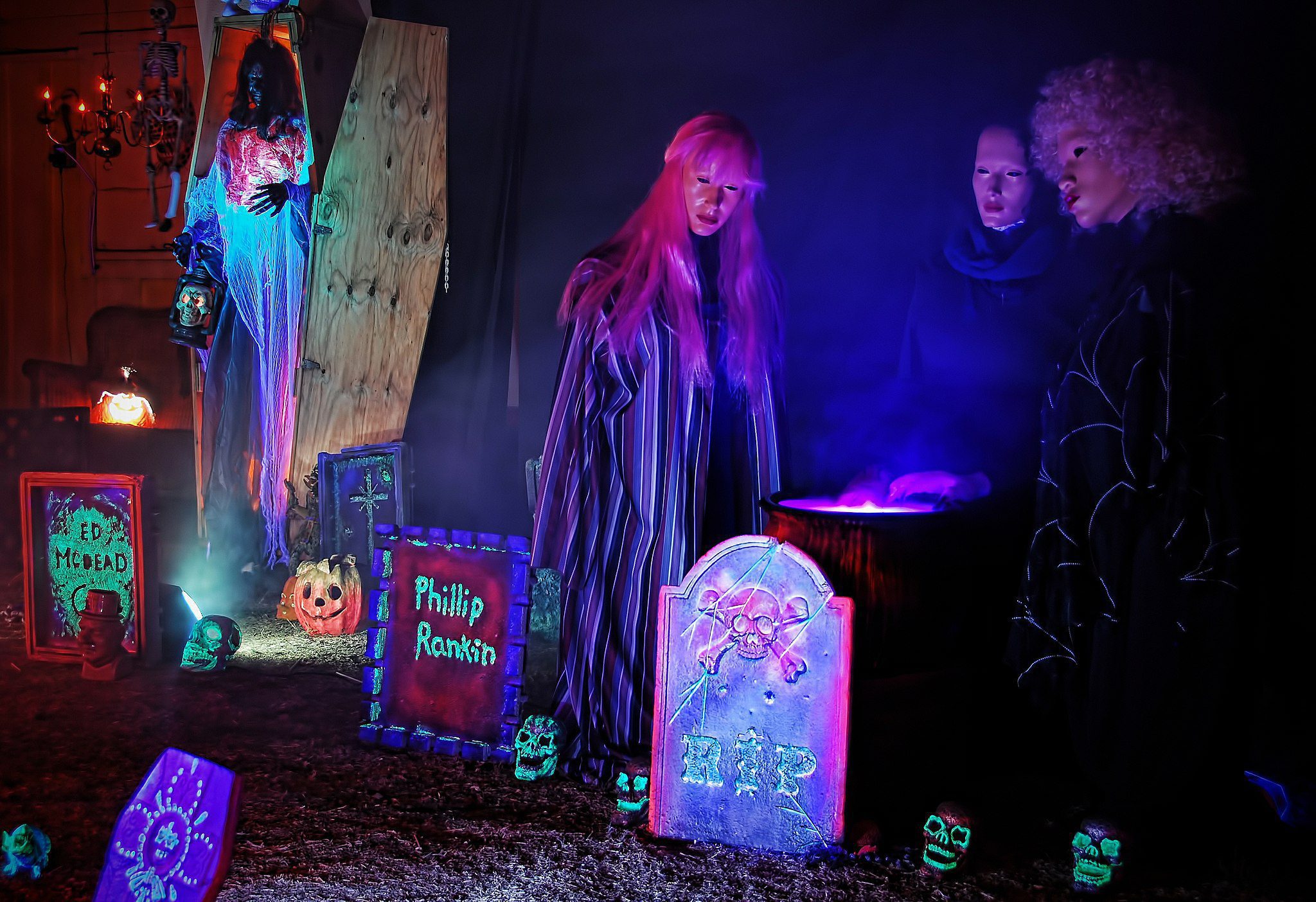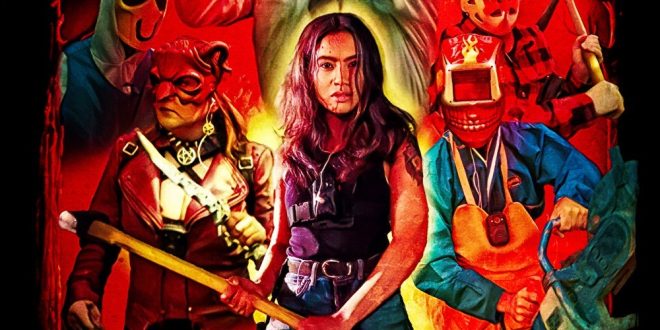The night before Halloween, sometimes known as Devil’s Night, has always been recognized for its pranks, in contrast to Halloween itself, which is typically considered as a night of sweets. The night before Halloween, which is also known as Mischief Night, has taken on a significantly different significance over the course of history. In the past, it was associated with helping young women find husbands. Later, it became associated with organized witch hunts. Protests and vandalism have occurred on this night throughout the centuries, and their frequency has increased during times of economic and social unrest.
The evening of October 30th, the night before Halloween, is commonly referred to by the term Devil’s Night. It is connected to the tradition of “Mischief Night,” which is observed in several areas of the United States, such as Philadelphia. However, it is most commonly linked with the severe vandalism and arson that occurred in Detroit, Michigan, between the late 1960s and the 1990s.
During the 1930s and 1940s, the city of Detroit was visited by Devil’s Night. Traditionally, city youths would spend one night engaging in mischievous or petty criminal behavior. This would typically consist of harmless pranks or acts of mild vandalism (such as egging, soaping, or waxing windows and doors, leaving rotten vegetables or flaming bags of canine feces on stoops, or toilet papering trees and shrubs), which caused little to no damage to the victim’s property.
Some practical jokes were, in fact, quite innocuous, while others had long-lasting and disastrous repercussions on the communities they targeted. The “tricks” started to make headlines in the United States in the 1930s and ’40s, which contributed to the rise in popularity of Mischief Night during those decades.
However, by the early 1970s, acts of vandalism had progressed to include more damaging behaviors such as setting fires. This was most prevalent in the central business district, but it also frequently spread to the suburbs around the city.
In the inner-city communities of Detroit, the criminal activity became increasingly damaging, and it included hundreds of incidents of arson and vandalism each year. The devastation was at its greatest in the middle to late 1980s, when there were more than 800 fires started in 1984.
Coleman Young, the mayor of Detroit, finally had enough by 1985. More than 8,000 police, firefighters, and city personnel were organized under his commands; vehicles combed the streets searching for telltale indicators, such as young people with gas cans.
By the 2000s, thanks to volunteer efforts, Detroit’s arson plague had been all but eradicated, a community reaction that garnered (nearly) as much attention as the crisis that prompted it. The city has even succeeded in renaming October 30 as Angels’ Night. Even while kids still pull pranks on the night before Halloween, it’s no longer a big international story. Security cameras have also cut down on equally stormy evenings in New Jersey and Philadelphia, where youths could be too absorbed with cellphones and other diversions to turn to arson.
Devils Night just so happens to be tonight October 30th, 2022.
Image Credits
Chris Yarzab, CC BY 2.0 https://creativecommons.org/licenses/by/2.0, via Wikimedia Commons

The Horror Facts Web Administrator
Breaking News, News, Topics and More.

















































































